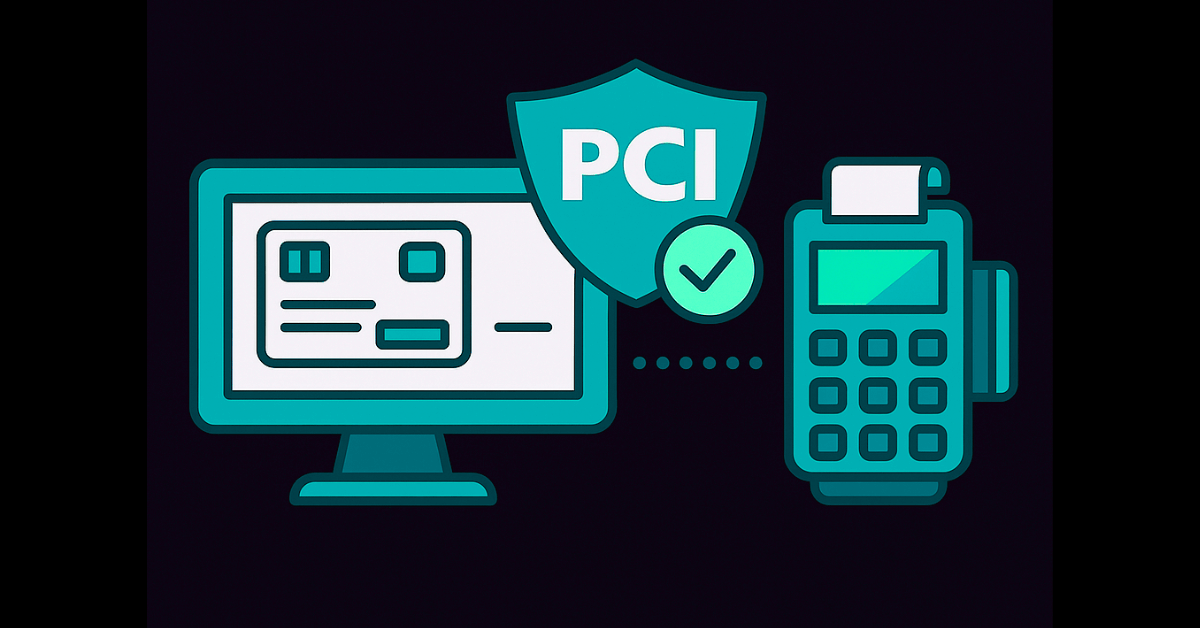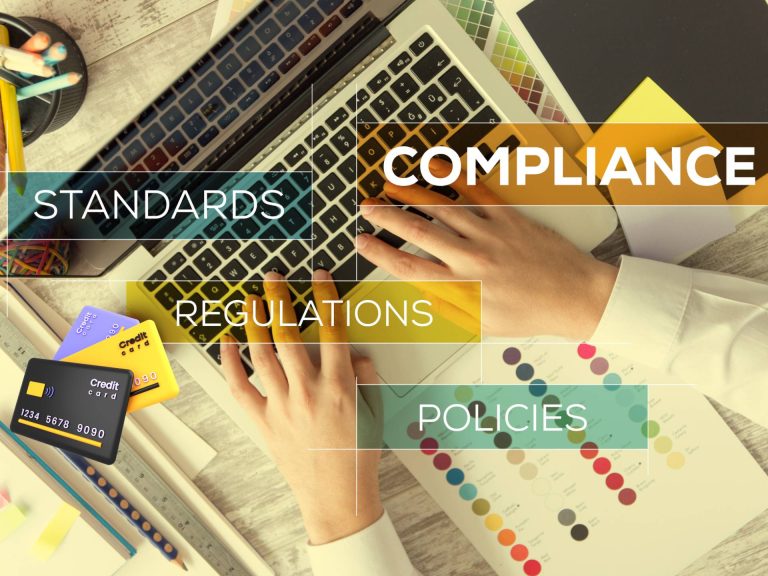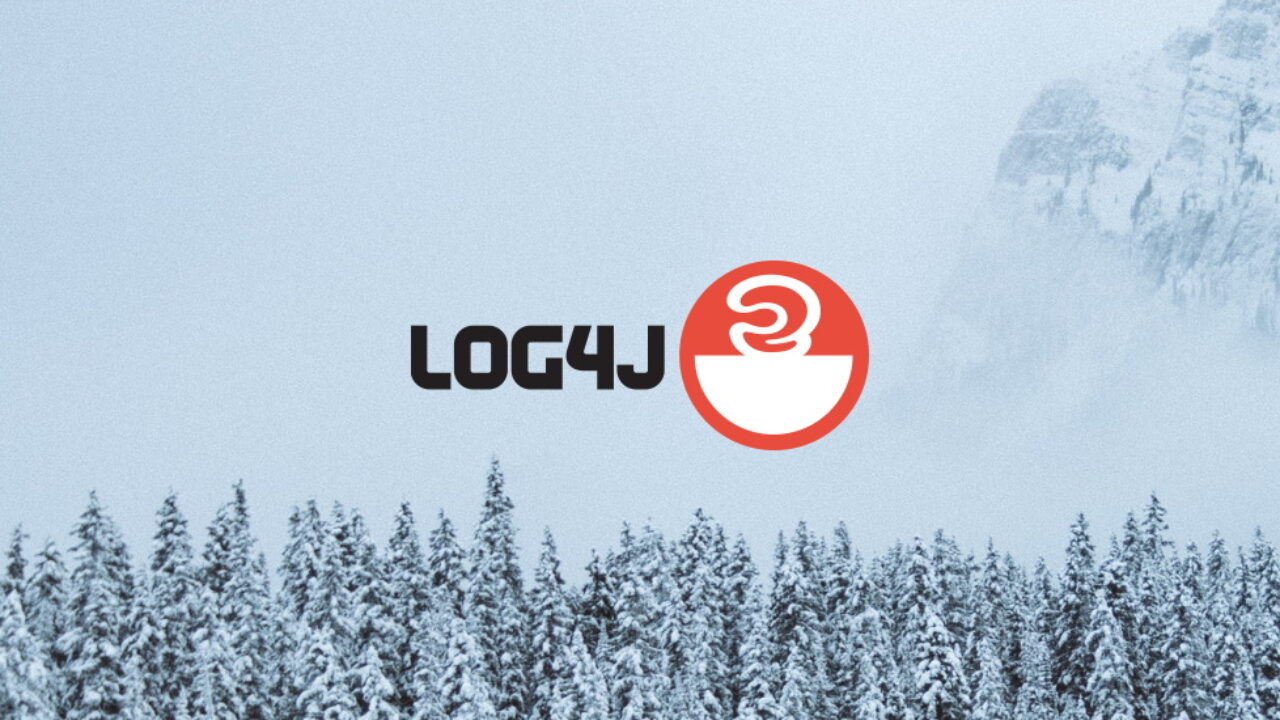How Payment Gateways Can Support Merchant PCI Compliance More Effectively

Merchants that accept credit card payments are required to comply with the Payment Card Industry Data Security Standard PCI DSS. These requirements help protect cardholder data and reduce the likelihood of data breaches across the payment ecosystem.
While merchants are responsible for their own compliance, payment gateways are in a strong position to simplify the process. By doing so, gateways can reduce downstream risk, improve merchant satisfaction, and build more durable relationships with their customers.
This article explains why PCI compliance matters from a gateway perspective, what is new in PCI DSS 4.0.1, and how platforms can provide scalable support without building compliance infrastructure internally.
Why PCI Compliance Should Matter to Gateways
Although PCI DSS compliance is a merchant responsibility, the risks of noncompliance are rarely isolated to the merchant. When a merchant fails to comply or experiences a breach, the effects often extend to the gateway and other partners in the payment chain.
Consequences may include:
• Increased oversight from acquiring banks
• Higher portfolio risk classification
• Greater operational burden during incident response
• Reputational harm from being associated with avoidable security failures
• Merchant churn due to poor compliance support or confusion
Proactively supporting PCI compliance can prevent these outcomes and improve the overall value your platform provides to merchants.
What PCI DSS 4.0.1 Requires
The PCI Security Standards Council published PCI DSS version 4.0 in 2022, with a minor revision to version 4.0.1 released in 2023. The updated standard strengthens requirements for authentication, access controls, monitoring, and vulnerability management.
A critical requirement in PCI DSS 4.0.1 is that merchants must conduct regular external vulnerability scans using an Approved Scanning Vendor ASV. These scans must occur at least quarterly, with remediation required for any failing results. This mandate applies to most merchants, even those using hosted or third party payment solutions. It also highlights the importance of not just offering scanning tools, but providing guidance and tracking to ensure merchants complete the process successfully.
The Merchant PCI Workflow in Practice
Most Level 2 to Level 4 merchants are required to:
• Identify the appropriate Self Assessment Questionnaire SAQ based on how they process payments
• Complete the SAQ annually
• Undergo quarterly external vulnerability scans through an ASV
• Remediate any identified vulnerabilities
• Maintain documentation of compliance activities for validation
While these steps are well defined, many merchants lack the resources or clarity to complete them efficiently. This often leads to missed scans, outdated documentation, or entirely skipped compliance cycles.
Gateways that provide structured workflows and proactive reminders can eliminate these breakdowns and significantly reduce merchant friction.
Where Merchants Often Struggle
For merchants without internal compliance or IT security staff, the PCI process can be confusing and time consuming. Common challenges include:
• Determining which SAQ applies to their payment setup
• Understanding how to schedule and access vulnerability scans
• Interpreting scan results or technical findings
• Knowing how to fix identified issues
• Tracking deadlines and managing annual requirements
Left unaddressed, these issues lead to compliance gaps, failed scans, and increased support tickets. Gateways that build streamlined, easy to follow workflows can directly solve these problems for merchants.
Two Delivery Models for Gateways
Gateways interested in helping merchants with compliance generally choose one of two models: embedded functionality or a branded external solution.
Embedded Integration
For platforms with internal development resources, compliance tasks can be embedded directly into the merchant dashboard. Through API integrations, merchants can:
• Use a guided SAQ wizard to determine their correct questionnaire
• Complete and submit the SAQ directly within the portal
• Schedule and review quarterly scans
• Receive remediation tasks with clear instructions
• Track ongoing compliance status
This approach keeps the merchant experience unified and minimizes confusion. It also strengthens platform engagement, as merchants return to the same portal for both payments and compliance activities.
Branded Compliance Portal
For gateways that want to offer a solution with less development lift, a white labeled or co branded compliance portal can be deployed. Merchants access this portal through single sign on from the gateway dashboard.
Within the portal, merchants are guided through every compliance step, including SAQ selection, scanning, remediation, and documentation. The gateway retains full visibility while the technical infrastructure and workflow are managed by a compliance provider.
This model is especially effective for faster time to market or when servicing a large number of merchants without building internal compliance tooling.
Features That Make Compliance Manageable
The most effective compliance experiences provide the following capabilities:
• An SAQ selection wizard that helps merchants determine the correct form
• Templates that streamline SAQ completion by pre populating known responses
• Automated scheduling and delivery of quarterly scan results
• Actionable remediation guidance written for non technical users
• A multi tenant management interface for gateways and resellers to oversee merchant status
Clone Systems includes each of these features and offers full support for both embedded API integration and branded compliance portals. Gateways can use our platform to manage thousands of merchants or power a fully integrated compliance experience under their own brand.
Benefits for Gateways
In addition to helping merchants meet regulatory requirements, PCI compliance support provides measurable advantages for the platform:
• Reduced support volume and fewer escalations
• Higher merchant retention through better experience and fewer external dependencies
• Clear visibility into risk exposure and compliance gaps across your portfolio
• Opportunity to generate recurring revenue through compliance enablement
• Greater leverage in partnerships with acquiring banks and resellers
Supporting PCI compliance is not about creating new work. It is about taking ownership of an existing obligation and delivering it more effectively than generic third party vendors.
Final Thoughts
PCI DSS 4.0.1 raises the expectations for merchants and the systems that support them. Requirements like quarterly vulnerability scanning are now mandatory and are increasingly monitored by acquirers and card brands.
Payment gateways have a practical opportunity to improve merchant outcomes, reduce systemic risk, and create stronger platform loyalty by embedding compliance support into the broader merchant experience.
Whether through a seamless API integration or a fully branded portal, platforms can meet merchant compliance needs without the cost or complexity of building a toolset from scratch. With the right partner and workflow, PCI compliance becomes a routine operational process and not a source of confusion or frustration.
Gateways that embrace this model will be better positioned to grow securely, retain more merchants, and demonstrate maturity to their partners and the market.






